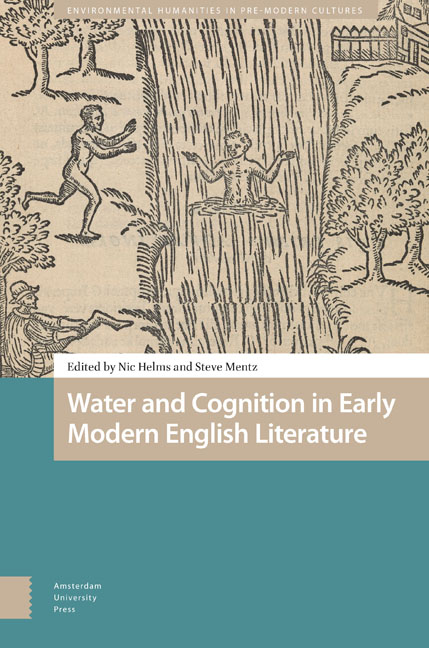Book contents
8 - Flake: The Shapes of Snow in Early Modern Culture
Published online by Cambridge University Press: 16 April 2024
Summary
Abstract Even as snowflakes’ hexagonal pattern and six-fingered shape have become better understood over time, the reason why they sprout six limbs in mirror likeness to one another remains beautifully elusive. This paper visits several early modern texts enchanted by ice crystals: Johannes Kepler's The Six-Cornered Snowflake (1611), Olaus Magnus's Historia de Gentibus Septentrionalibus (1555), and Frederick Martens's narrative (1694) of his 1671 voyage to Spitsbergen. Their firsthand sketches and natural-philosophical hypotheses exhibit a radical curiosity about snowflakes’ radiating animacy; in doing so, they extend, rather than resolve, the mystery of water's myriad formations. These authors offer a kind of “flake thinking” that eschews complete understanding in favor of prolific flaws. A snowflake's epistemological brilliance congeals some ideas while simultaneously branching into others.
Keywords: snowflakes, Arctic, Scandinavia, natural philosophy, science studies, travel literature
When dayes are long, this Figure may
Help you passe the time away:
And it wil breed you much delight,
To passe away the Winters night.
‒D.N., The Figure of Six (1652)A tiny speck of snow once arrested the famous scientist Johannes Kepler (1571–1630) on his walk through Prague. Staring at the star-shaped patterns that dabbed his coat, his pamphlet The Six-Cornered Snowflake, published the following year (1611), set out to explain their puzzling consistency. The astronomer's thoughts, however, only proliferated: “Why … six points? What is the origin of the number six? Who carved the nucleus, before it fell, into six horns of ice? What cause is it that prescribes in that surface, which is now in the very act of condensing, six points in a circle for six prongs to be welded on to them?” Uncomfortable with the idea of an ordered pattern existing at random, he ultimately decided upon a “formative faculty” (“facultas formatrix”) acting in accordance with “supreme reason” that had “existed from the first in the Creator's design.”
- Type
- Chapter
- Information
- Water and Cognition in Early Modern English Literature , pp. 179 - 198Publisher: Amsterdam University PressPrint publication year: 2024



